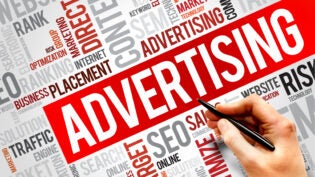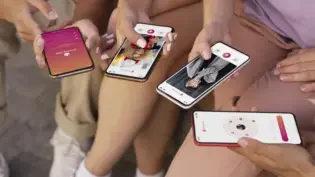
Search algorithms aren’t as reliant on on-page factors for determining relevance anymore, organic social reach is declining, and not every brand has a huge opt-in email database at their disposal. As a result, brands that wish to rely on these tactics must have patience—or double down on promotional efforts.
The amount of patience required is dependent on the level of inbound adoption within any given industry. For example, a bee keeper just getting started with inbound marketing might see results faster than a new marketing agency, since marketing as an industry is highly saturated with content. Unfortunately, most enterprises aren’t patient enough to wait 6, 8, or 12 months for the return they need to justify their budgets — they generally get one quarter to prove a program’s worth.
So if you’re a late inbound adopter in a competitive industry and you want to grow fast, you need to get creative with how you promote your content. The graphic and explanations below detail some of the best paid and earned media tactics for promoting content. These tactics can empower newer inbound adopters to see results quicker, help agencies reduce churn by driving client results faster, and allow enterprise marketers to show a return within a quarter.
The Tactics of Content Promotion
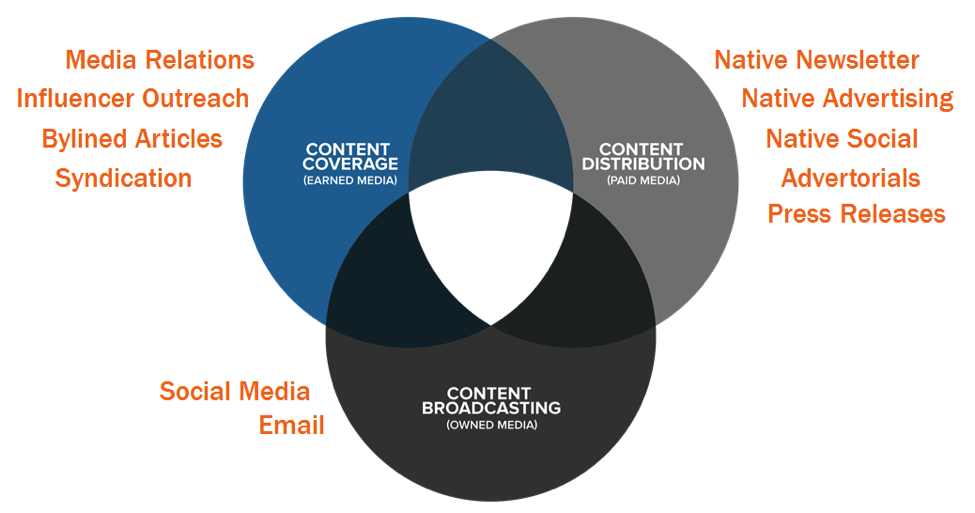
CONTENT COVERAGE
This is perhaps the most powerful of the three content promotion channels. Earning attention for a brand’s content can drive brand awareness, traffic, and conversions. Here are a few ways you can get more content coverage.
Media Relations
This is a tried-and-true stalwart of public relations (PR), but it doesn’t have to be all about pitching brand, product, and service stories to journalists and editors. Marketers and PR professionals alike can pitch a brand’s ebook, guide, study, etc. if it’s prudent to the audience of the publication. Below shows the growth in leads (in purple) from one link to an ebook featured in a story on Inc.com.

In total, this one link drove over 800 incremental leads in 30 days. The day after it was published, 20% of the total website visitors downloaded the ebook.
Influencer Outreach
Also known as influencer marketing or influencer advocacy, influencer outreach is quite similar to media relations, though, typically, the people targeted are influential in their industry and aren’t necessarily journalists or editors. Influencers can be bloggers or people that amass large social followings around their industry expertise.
The result of outreach can lead to something as simple as a social share, a direct or indirect endorsement on a blog, or full-on collaboration with a project or campaign. The example below helped drive nearly 5,000 unique website visitors to the article and over 500 Google +1s in just two weeks.
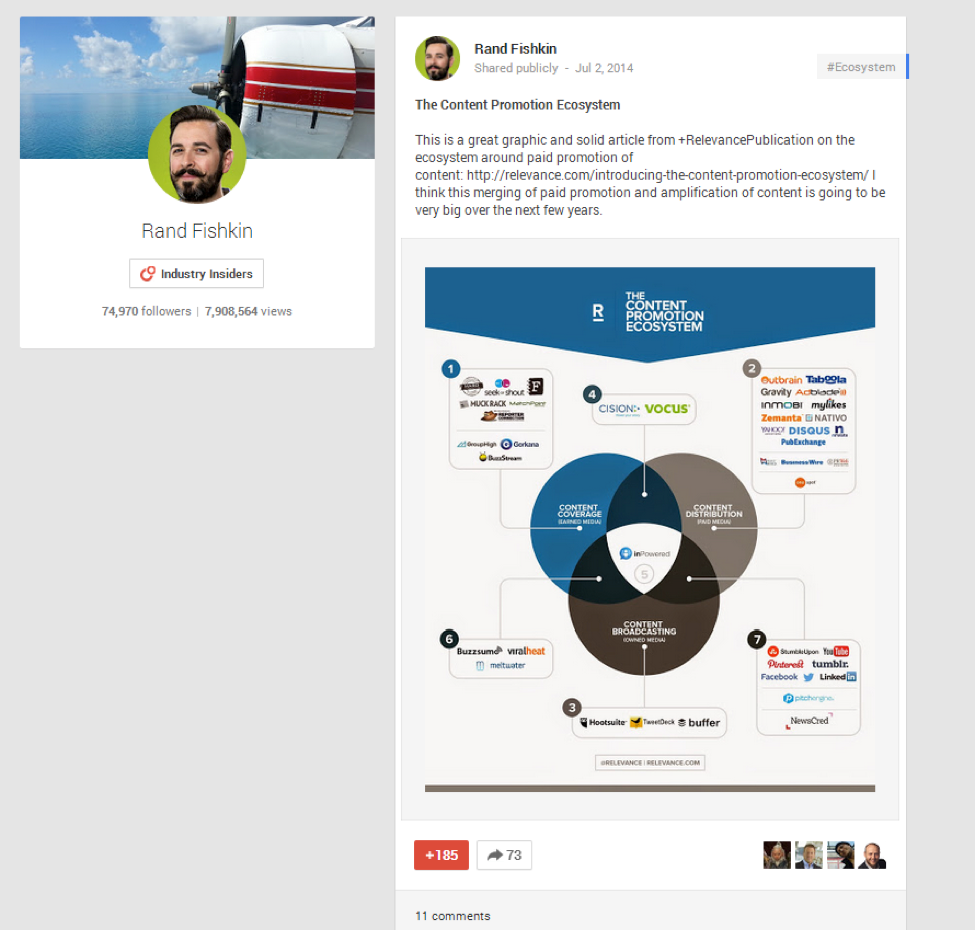
Bylined Articles
These result when media outlets invite company executives with a very specific expertise to write for them. Some are one-and-done, and others are a series of articles or even a weekly column. Bylines cost nothing, but it takes time to research the media and pitch them why a brand’s executive should write for them. Once a byline is earned, citing ebooks, guides, studies, and blog posts can drive copious amounts of traffic and conversions.
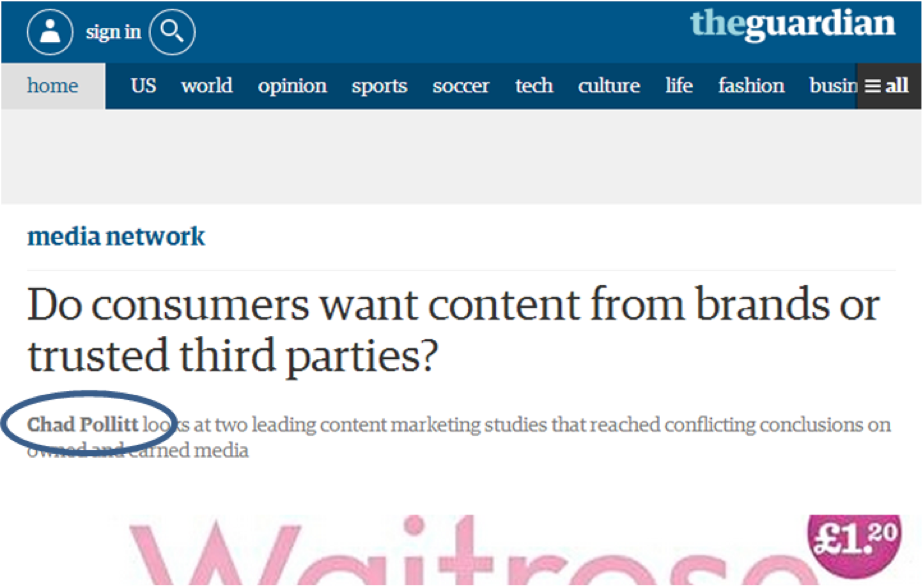
Syndication
This tactic was a cornerstone of the newspaper business for many years and turned some journalists into cult celebrities. While not a cornerstone of the internet, having content syndicated to other websites serves the same purpose—getting content in front of many more eyeballs. Any calls to action or citations leading back to landing pages in the original content can drive massive amounts of conversions over time. Just be sure that you’re covering all of your SEO-bases when having your content syndicated.
Below is an example of one of several syndication relationships Relevance.com has. Each one credits the original source of the content, as seen below. If you’re ever getting your content syndicated, make sure that the syndicated post links back to the original.

CONTENT DISTRIBUTION
In Ryan Skinner’s Forrester report, “Put Distribution at the Heart of Content Marketing,” he talks about traditional online ad networks and the quickly growing ecosystem of paid content distribution channels. Native distribution is more conducive to content marketers than banner ads and lacks the pervasiveness of banner blindness. Below are a few ways you can use this type of promotion for your content.
Native Advertising (Content Discovery Networks)
Networks like Taboola, AdBlade, and Outbrain are quickly growing. With more than 90% of companies admitting to content marketing adoption, it’s not surprising—with so much content out there, people are looking for any edge to get noticed. Outbrain reports a 6% clickthrough rate across its network of 100,000 publishers.
These networks allow marketers to get their content in front of very large audiences while simultaneously helping traditional media outlets grow revenue — something many of them haven’t been able to do for more than a decade. You can see an example of what native advertising typically looks like below.
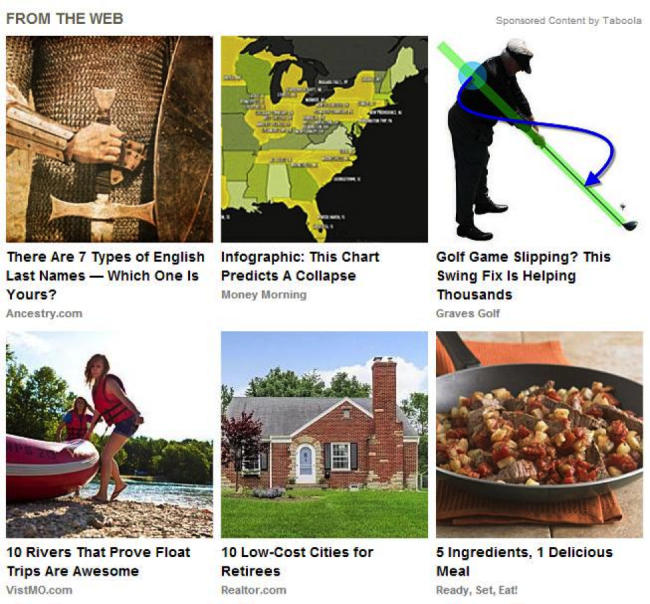
Advertorials (Sponsored Content)
This is another way for brands to tap into another website’s audience. Brands using this tactic pay to publish articles on other websites or media outlets. The pieces usually look and feel much like the unsponsored content on the media site, but is denoted with a “sponsored” tag or sticker. Popularized by Forbes, online advertorials are beginning to crop up all over the Internet. However, media buying for sponsored content is still in its infancy. Pricing varies widely across the media—from six figures to a couple hundred dollars.
Here is an example of how one website features advertorial content.: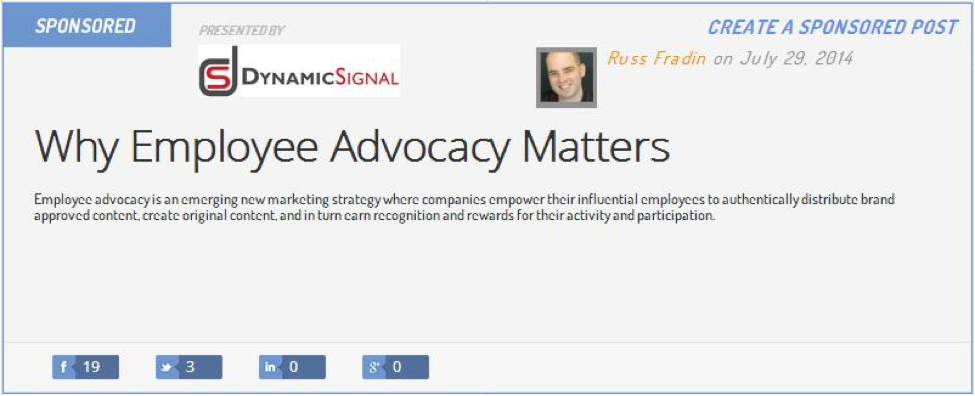
Native Social
Infeed advertising helped both Facebook and LinkedIn experience stock price spikes when these programs were announced. Both networks have successfully given brands the option to move advertisements from the doldrums of banner ad space into users’ newsfeeds where these sponsored posts look very similar to typical updates.
Marketers who choose to use social networks for native advertising should experiment. Some are more conducive to blog content and visuals while others are best suited for landing page offers. Cost per click can vary between $0.25 to over $20 on networks like Facebook, Twitter, and LinkedIn.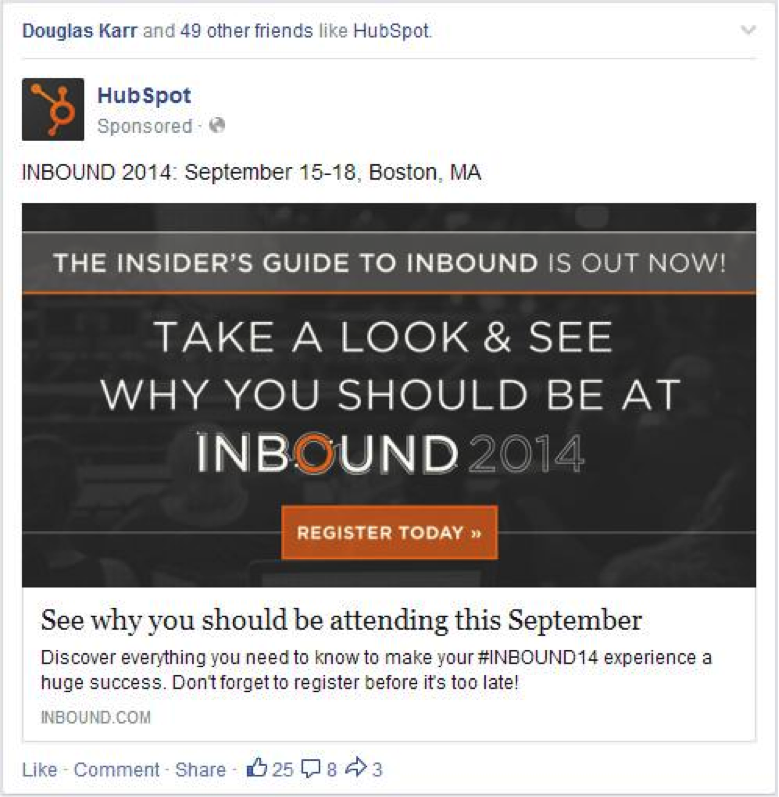
Native Newsletters
These have been around for quite some time. Most marketers can likely find several examples in their inboxes now. Some companies that have amassed large email databases will allow marketers to pay to include their branded content or offers in their newsletter.
If you pay for native newsletter distribution, your rate can be a part of a broader sponsorship package, cost per click, cost per action, or cost per lead. Paying for placement in a newsletter is another way for marketers to distribute their content in a native manner.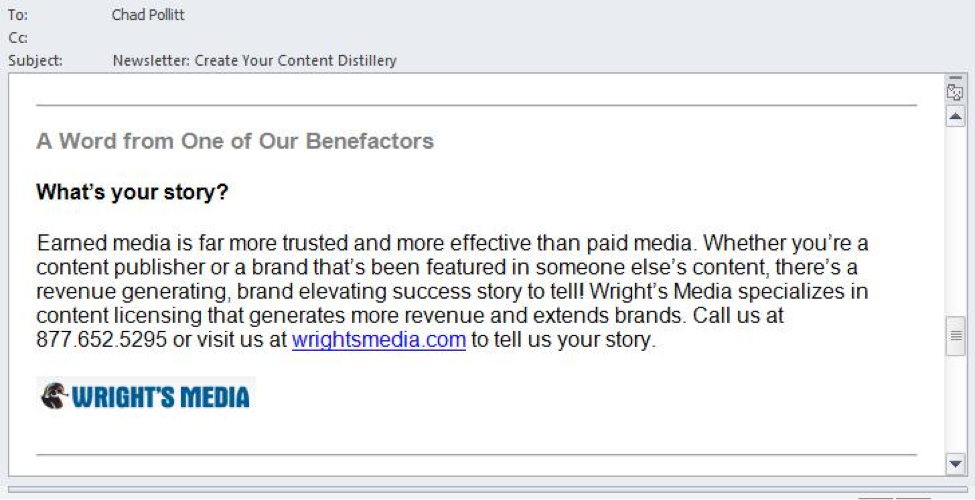
CONTENT BROADCASTING
Unfortunately, broadcasting is exclusively what most marketers use for content promotion today. For some it can be highly effective, but for others it can feel like no one is listening. It’s exceptionally difficult to get needle-moving results for companies just getting started with inbound marketing in an industry that’s embraced it already. For content broadcasting to have a big impact, a brand needs an existing audience.
Social Media
This is a tried-and-true broadcasting channel for brands. Unfortunately, Facebook is slowly, but surely, limiting the organic reach of brands—and it’s possible that other social networks might follow suit. So if you’re going to beef up your social media broadcasting, know that you’re at the mercy of the social networks and that algorithm changes could affect your future successes. I’m not saying don’t be on social media, just be aware that you have to play by the social networks’ rules to be successful.
Email
Email is a highly effective channel for content broadcasting. Valuable content can be delivered to subscribers, leads, customers, and partners. Whether it’s a one-off campaign, a regular subscription, triggered automation, or nurturing, email works. Unfortunately though, without a significant email database to tap into, brands don’t have anyone to broadcast to. Over time, though, you can build this large, opt-in database and then regularly broadcast your content to them.
As marketers, we’re used to telling our customers to be patient with inbound marketing—that it takes time. But it only takes time if broadcasting is the only content promotion channel used. By leveraging the content promotion landscape and the tools of the content promotion ecosystem, marketers can get faster and better results.
This article was originally published by Relevance
This post was a sneak peek at Chad Pollitt’s INBOUND 2014 presentation entitled, “How Content Promotion Changed Our Inbound Marketing Forever.” Don’t forget to register and stop by his session on Wednesday, September 17th.
3361 Views







